Arthur Tappan's store (1834)
Introduction
Text-to-speech Audio
Arthur Tappan was an influential evangelical and a successful silk merchant, who had moved from Boston to New York City in 1815. A few years later, his brother Lewis Tappan had joined him in New York City, and soon they had opened up their store, located on Pearl and Hanover Street, which imported silk. Whilst the store was under construction, the town had adopted and adapted the Greek revival architecture style, and formed the structure from Maine granite. The store itself had suffered several different events during the 19th century which include the 1834 riots and the 1835 Great Fire, which completely destroyed the building. 1836 Tappan had invested in the rebuild of the old store in the same location, and the business did see a few years of success, after which though Tappan became bankrupt and had to surrender all his property, leaving perhaps only its foundation to the newer buildings.
Images
Arthur Tappan
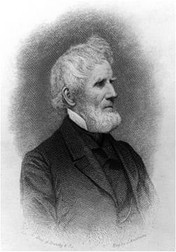
Excerpt of the Emancipator
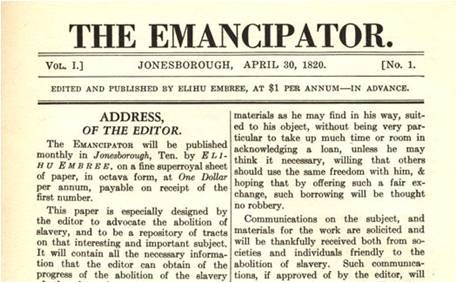
Picture of Arthur Tappan's store
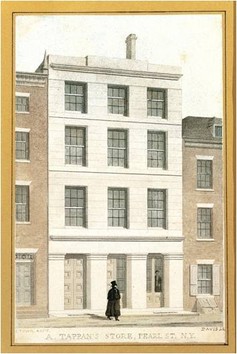
Pearl Street in the early 1830s

Lewis Tappan
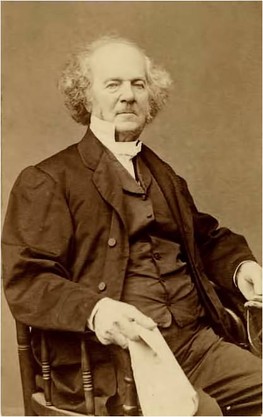
The Great Fire 1835
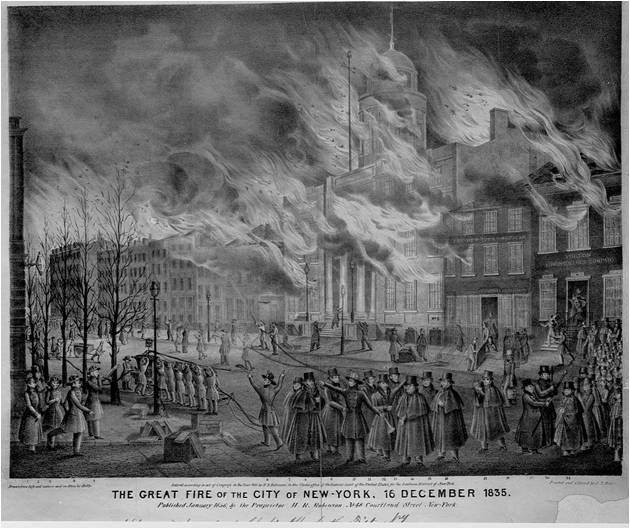
The view today of where Arthur Tappan's store used to be

Backstory and Context
Text-to-speech Audio
Arthur Tappan and Lewis Tappan were two of the key figures whose homes and other properties were targeted during the New York’s Anti-abolitionist riot in 1834. Tappan, a influential evangelical and a successful silk merchant, was also the founder of the Emancipator, a newspaper that was dedicated to encouraging the abolition of slavery. Tappan was not always strongly invested in anti-slavery campaigns; it was after his strong religious views and seeing the response of the African-Americans to deportation in the Africa proposal, which eventually resulted in him changing his perception to slavery.
Arthur Tappan played a key role in organising anti-slavery activity in the early 1820s and 1830s, this included the organisation of the New York Anti-Slavery Society and the assembly meeting at Chatham Street Chapel. As a result of his role in the abolition campaigns, the 1834 riots have also been referred to as the Tappan riot.
Arthur Tappan had increased his anti-slavery actions and campaigns after the successful Slavery Abolition Act in 1833. Earlier that year Tappan began organising the New York’s Anti-Slavery Society, and was waiting for a successful anti-slavery campaign in a foreign country, so that he can inaugurate his society. The British Parliament had passed the Slavery Abolition Act, and Tappan saw his perfect opportunity to launch the New York Anti-Slavery society. By the end of the year (1833), Tappan became the first president of the New York Anti-slavery Society, this meant the campaign had been taken to another level.
The increasing abolition campaigns in New York caused significant tension between those who supported slavery and those who were against slavery. In April 1834, the Tappan brothers took their anti-slavery actions and campaigns to the next level, which included divorcing his wife to marry an African-American woman, and speaking out for the women.
Over a few days in early July 1834, the anti-abolitionists coordinated their action to storm and riot at several different key locations for the abolitionist movement. Riot broke out at both the Tappan brother’s properties, as well as other important locations such as the African-American churches, businesses, shops, homes as well as direct attacks on people on the streets.
Arthur Tappan’s store, located on 122 Pearl Street adjacent to Hanover Street, was attacked on 11th July 1834. A large crowd of rioters threw stones and caused significant damage to the structure. Tappan’s employees using muskets, and with the aid of a hundred watchmen, managed to drive away the rioters. This became a situation that occurred several times over the rioting days.
Lewis Tappan’s home on Rose Street was also stormed by the anti-abolitionist rioters. The rioters smashed the windows, broke the door and completely damaged the interior. Lewis and his family had to flee and go into temporary hiding. A few days after the July riot, effigies of the Tappan brothers were publicly burned down, and a reward offer was made to anyone who could present Arthur’s head.
Arthur Tappan’s store on Pearl Street, although survived the 1835 riots, was destroyed by the 1835 Great Fire. Tappan had immediately invested in the reconstruction of the store in the same location and invited the builder Samuel Thompson to complete the work, the new store also happen to use the same Maine Granite, but Arthur ensured that the store would not catch fire again.
Arthur and his brother Lewis were key figures in driving the abolitionist movement in the early 19th century in New York City. The pro-slavery supporters such as James Watson Webb, openly denounced the abolitionist movement and perceived it to be dangerous, thus making figures like the Tappan brother’s more vulnerable to attacks. Tappan’s new store was completed before the mid 19th century, and enjoyed a few years of success; however, Arthur Tappan became bankrupt had to surrender all his property. In today’s time the original store does not fully exist anymore, however old remnants of the structure may exist at the location, as its new structure may have become the foundation to the current building located there today.
Sources
Tappan, Lewis . The Life of Arthur Tappan. 1870.
Levy, Daniel Saul . Manhattan Phoenix: The Great Fire of 1835 and the Emergence of Modern New York. 2021.
Burrows, Edwin G. Wallace, Mike. Gotham: A History of New York City to 1898. 1998.
Soloman, Alan. The Perils Of Pearl Street - And A Taste Of The Dangers Of Wall Street: 1834-2009, THE GOTHAM CENTER FOR NEW YORK CITY HISTORY. March 16th, 2009. Accessed November 9th, 2022. https://www.gothamcenter.org/blog/the-perils-of-pearl-street-and-a-taste-of-the-dangers-of-wall-street-1834-2009.
Tappan, Lewis, 1788-1873
Tappan´s Store, Pearl Street, New York. Artist: Alexander Jackson Davis
https://www.gothamcenter.org/blog/the-perils-of-pearl-street-and-a-taste-of-the-dangers-of-wall-street-1834-2009
Massachusetts Historical Society online collection
An illustration of the 1835 New York City fire. Library of Congress/Corbis/VCG/Getty Images
